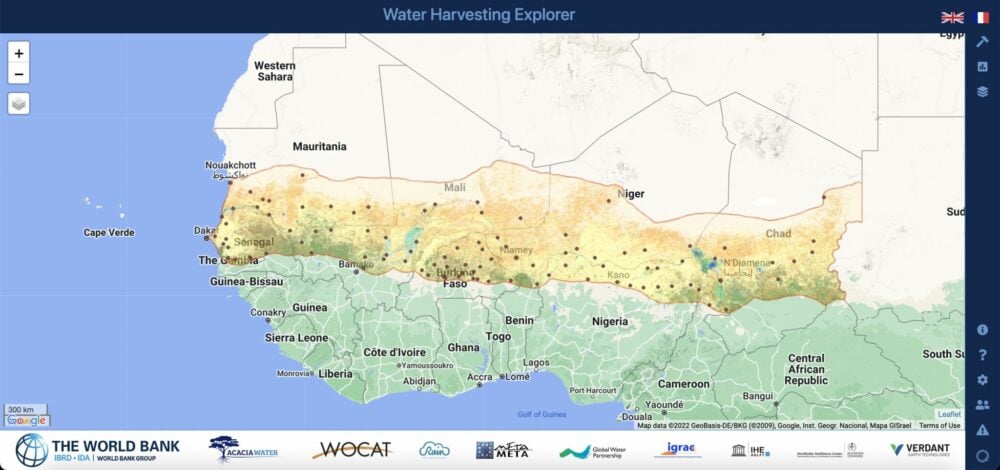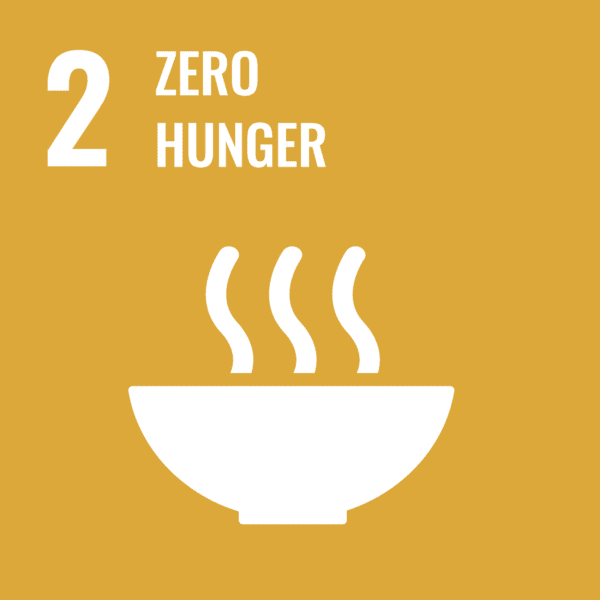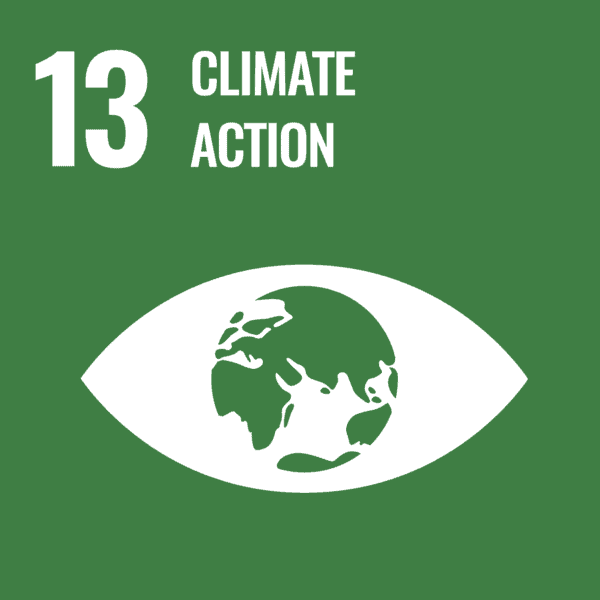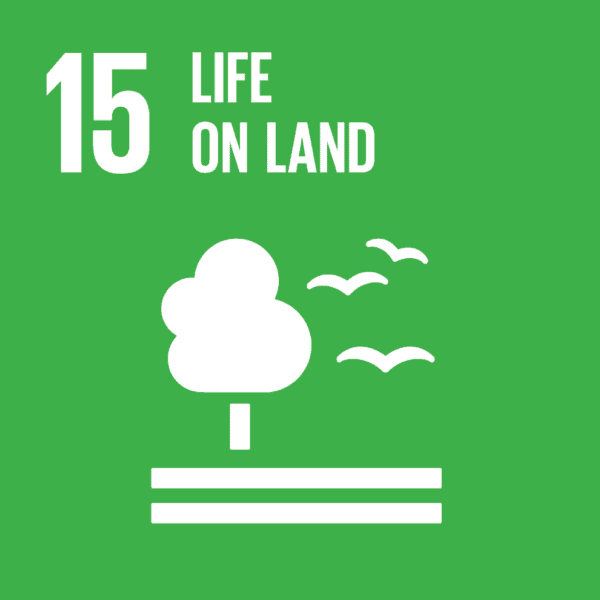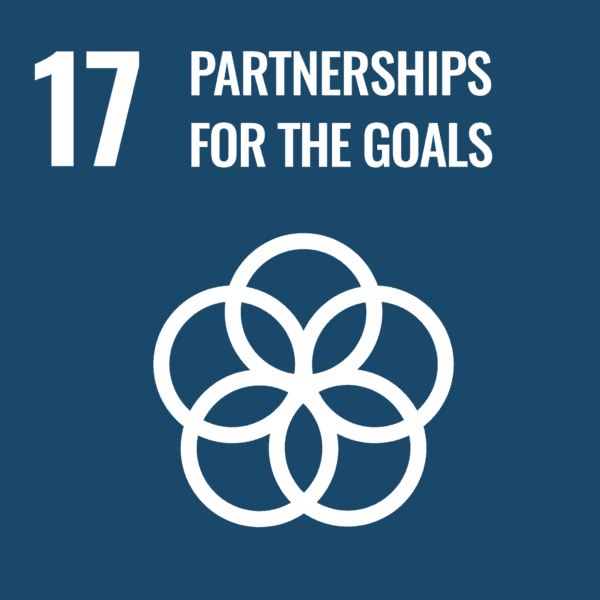Small-scale water storage in the Western Sahel
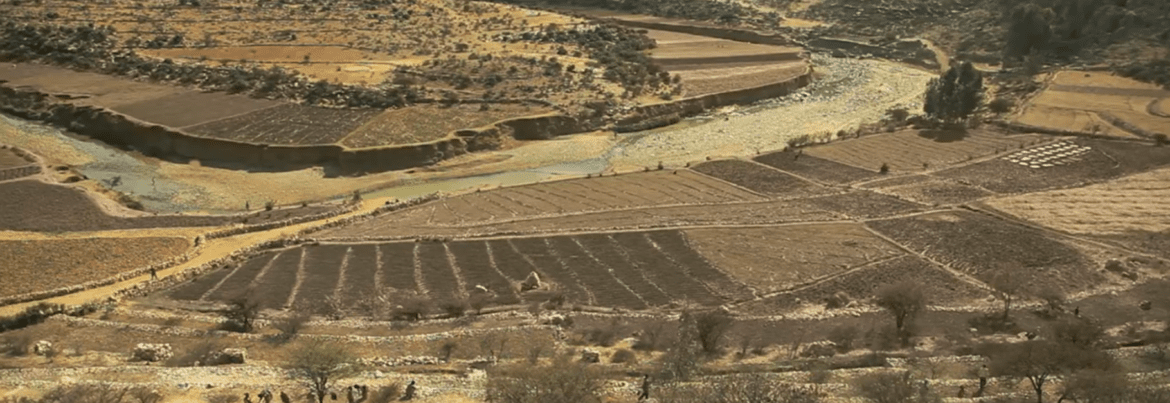
The western Sahel is drying up, degrading and arable land is getting scarce. Yet, every year, water from arid upstream lands of the western Sahel causes downstream floods. In other areas large dams leave people downstream without water. This situation raises several questions. Where are these areas with excess water? Where and during what period of the year should water be allowed to flow? How can we know where to store water even though we cannot get into the field?
In a consortium led by AidEnvironment, a group of organizations worked on a unique study funded by the World Bank. We developed landscape typologies (based on biophysical and socioeconomic characteristics) in the Western Sahel for the potential of small-scale water storage interventions. This provided input for a web tool to enable implementers to assess the water issues and demands, understand the types of water resources to be used, and determine what kinds of interventions from the 3R approach (Recharge, Retention, Reuse) are possible given the conditions. The study will also help for lobby and advocacy purposes to influence high level policies on small scale water storage.
The project study resulted in the development of a web tool which enables implementers to assess water issues and demands, and understand what kind of interventions from the 3R approach (Recharge, Retention, Reuse) are most appropriate for each area. The aim is for this tool to help advance advocacy for policies on small-scale water storage in Western Sahel.

